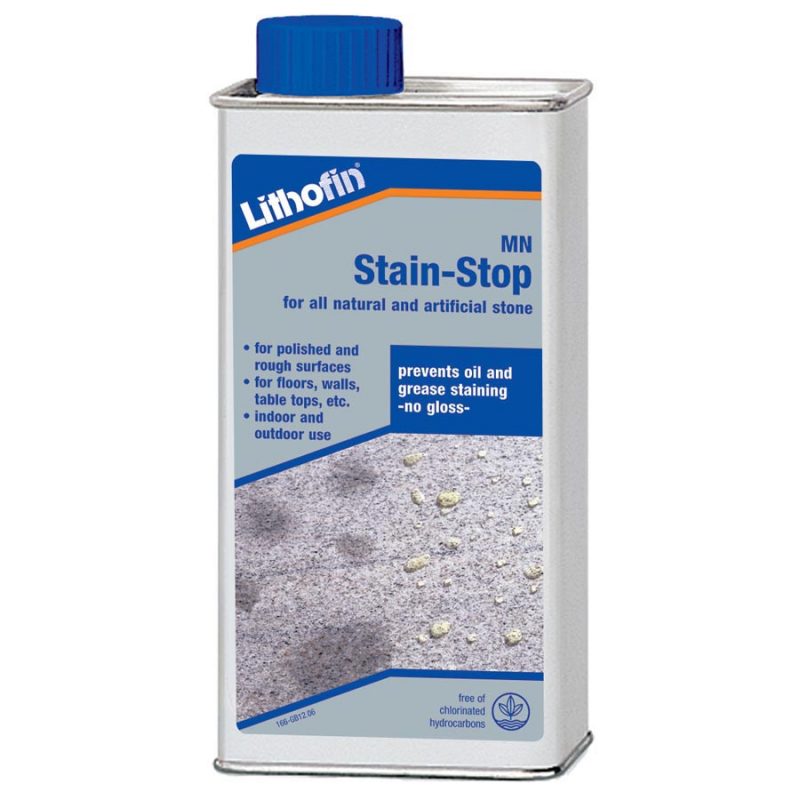How to clean terrazzo floor tiles
Oct 19, 2022

What are terrazzo tiles?
First, let’s have a look at how terrazzo are made to better understand how to clean them.
Terrazzo tiles are made up of tiny pieces of marble, glass, granite and quartz (and many other building materials) put together with precast or cement. After it is cured and turned into concrete material, the tiles are then polished for final use.
They come in various forms, sizes and colours and are suitable for different spaces such as bathrooms, living rooms (or any high-traffic areas) and kitchens.
Black Forest Terrazzo STP-02
Rosa Claro Terrazzo STP-03
Seal your tiles
The materials of terrazzo tiles are natural stone and cement. Both of them are highly resistant but porous. Therefore, before anything you need to make sure your tiles are properly sealed.
Some terrazzo tiles do come sealed, so this is something you should ask an expert (professional builder or you can ask us) whether your tiles need to be sealed. However, even if the tiles are sealed double-sealing them won’t do any harm.
Sealing provides a layer of protection for your tiles. Your tiles need these extra layers of protection, especially if they are placed in places such as bathrooms where they are in constant contact with water.
For this, we recommend using Lithofin MN Stain Stop. This sealer needs to be re-apllied every 18 months (12 months if you are using it in wet or high-traffic areas).
Sealing your Terrazzo tiles will also help in protecting them against scuffs which are an inevitable thing to happen to your tiles.
Removing Stains
This is a big part of keeping your Terrazzo tiles clean. With the right kind of sealing, any stains won’t ruin your tiles immediately (even acidic stains). However, if they remain and harden, they might become permanent and hard to remove.
Make sure, you remove any stain immediately, whether it’s coffee, tea, tomato juice or some of that late night snack you were trying to eat alone!
Our recommended product for removing stains from Terrazzo tiles is Lithofin Power Clean. Dilute the product with a 1:5 ratio with water and use a scrubbing tool to scrub the affected areas until the stain is completely gone. It shouldn’t take long.
If this does not work, you can try using bleach or other strong adhesive products to remove the stain. Just remember to clean the area with power clean afterwards and add sealing to protect the area.
In case, you don’t manage to remove the stain by any means, give professionals a call. Terrazzo tiles can be sanded and polished. Therefore, there is always a way of saving them.
Cleaning Terrazzo tiles
Keeping Terrazzo tiles clean is not that different from keeping porcelain tiles clean. Once you have sealed your Terrazzo tiles, you can use adhesive and acidic cleaning products such as bleach as well.
We recommend using Lithofin Easy Care for regular cleaning. Simply mix with water and mop the floor.
Regular weekly cleaning will help you in maintaining your tiles clean, as well as removing any stains immediately. If you have Terrazzo tiles in your bathroom, read this article for more tips.

For the best result, we recommend following this cleaning cycle:
- Vacuum
Sweep or vacuum the area to remove any dust or debris on the floor.
- Scrub
Using scrubbing tools and Lithofin Easy Care, scrub the surface of the Terrazzo tiles.
- Soak
For more intensive clening, leave the cleaning solution for a while, and scrub again for extra cleanliness.
- Extract
Use a towel or cloth to remove the cleaning solution
- Rinse
Wash everything off by rinsing it with water
- Dry
Dry the tiles with a dry mob, cloth. Make sure the area has good ventilation for maximum effectiveness.
More tips on cleaning Terrazzo tiles
- Don’t use oil-based products: Using any oil-based cleaning products or stain remover will ruin your Terrazzo tiles.
- Have a regular schedule for cleaning: Like all tiles, having a regular schedule of cleaning your tiles will help maintain them and will make every cleaning easier.
- Use mats in high-traffic areas: Another way of maintaining your terrazzo tiles is by having mats in front of all entrances in high-traffic areas. This will reduce the residues significantly.







